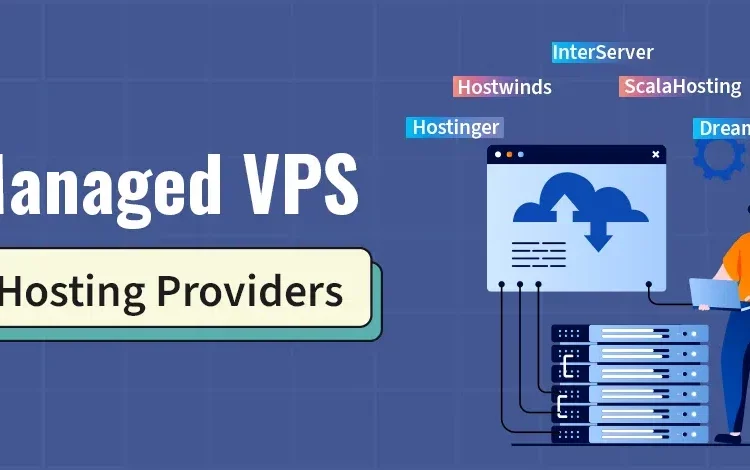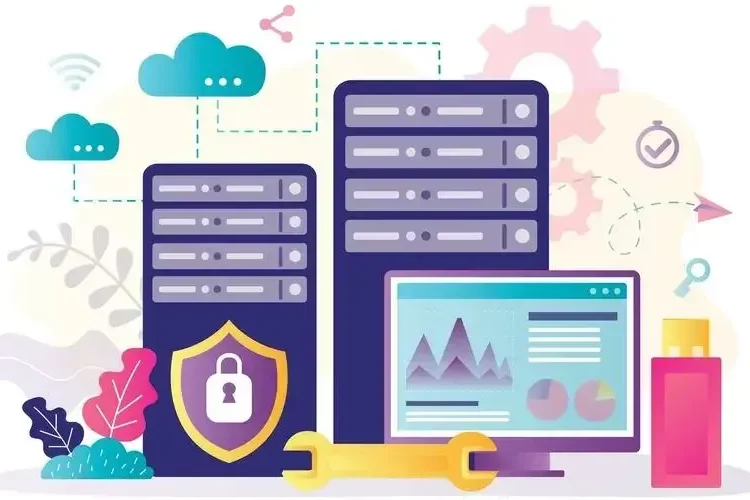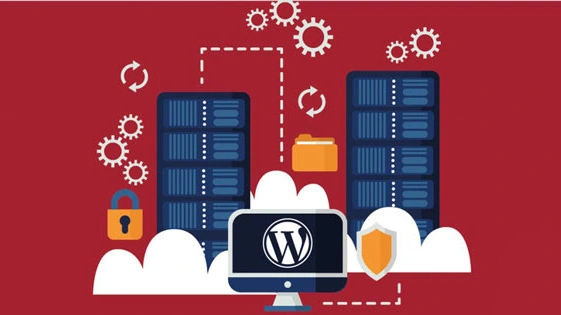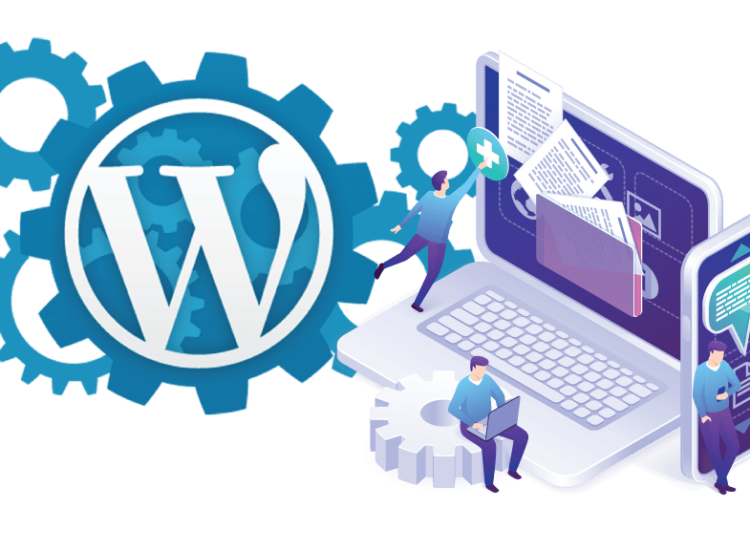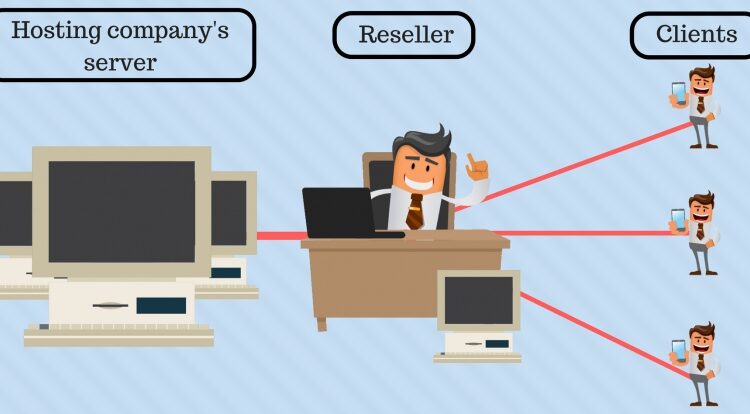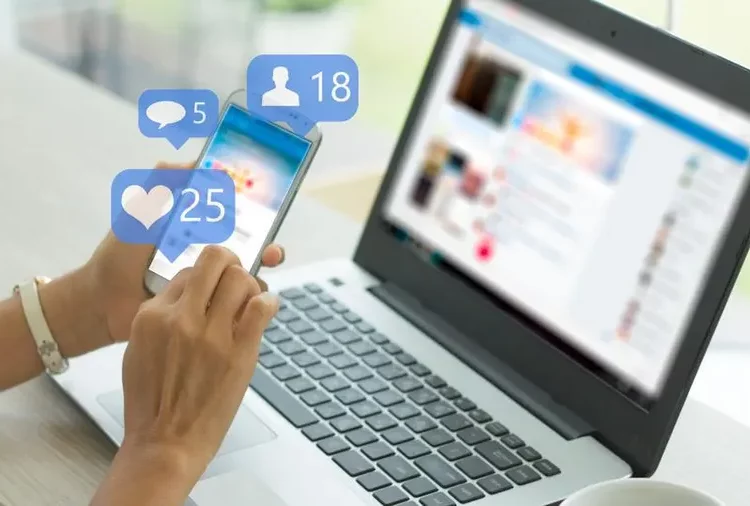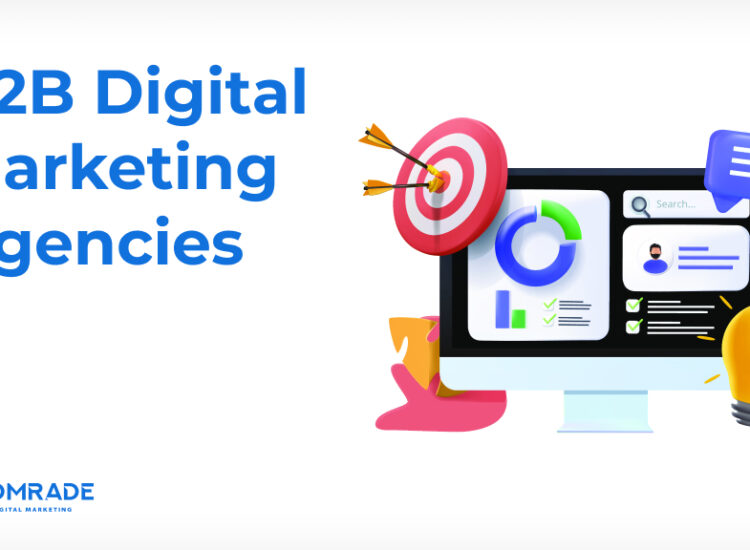In the ever-evolving landscape of ecommerce, businesses are constantly seeking ways to optimize their marketing efforts and connect with customers on a deeper level. Email marketing automation has emerged as a powerful tool for achieving these goals, allowing companies to personalize communication, streamline processes, and drive sales. However, the success of automated email marketing hinges on a nuanced understanding of its potential and limitations, requiring careful planning, targeted execution, and continuous optimization.
Toc
- 1. Understanding the Power of Email Marketing Automation
- 2. Essential Email Marketing Automation Workflows for Ecommerce
- 3. Related articles 01:
- 4. Choosing the Right Email Marketing Automation Platform
- 5. Best Practices for Successful Email Marketing Automation
- 6. Frequently Asked Questions
- 7. Related articles 02:
- 8. Conclusion
Understanding the Power of Email Marketing Automation

Email marketing automation leverages software to automatically send emails triggered by specific customer actions or predefined conditions. By linking your website analytics and customer data with your email platform, you can create targeted campaigns that speak directly to the needs and preferences of your audience.
What is Email Marketing Automation?
At its core, email marketing automation involves setting up a series of automated workflows. These workflows are designed to send specific emails to customers based on certain triggers, such as signing up for your email list, abandoning their shopping cart, making a purchase, or engaging with your website or content.
How Email Marketing Automation Works
Here’s how it typically works:
- Data Collection: First, gather data on customer behavior from various touchpoints, including website visits, past purchases, and engagement with previous emails.
- Segmentation: Use this data to segment your audience into different categories based on their behavior, preferences, and demographics. This allows for more personalized communication.
- Workflow Setup: Create automated workflows that define what emails will be sent in response to specific triggers. For example, when a customer abandons their cart, an automated email can be triggered to remind them of the items left behind.
- Personalization: Tailor the content of the emails to make them relevant to each segment. This could involve using the recipient’s name, recommending products based on past purchases, or offering exclusive discounts.
- Monitoring and Optimization: Continuously monitor the performance of your automated campaigns, analyzing metrics like open rates, click-through rates, and conversion rates. Use this data to refine and improve your workflows over time.
By leveraging email marketing automation, ecommerce businesses can enjoy a range of benefits, including:
- Increased Sales: Automated campaigns like abandoned cart emails and product recommendations can help you recover lost sales and drive additional revenue. For example, a study by Barilliance found that abandoned cart emails can recover up to 10% of lost sales. This is because they provide a timely reminder to customers who may have forgotten about their purchase or experienced a technical issue during checkout. Additionally, personalized product recommendations can lead to increased sales by suggesting items that align with customers’ interests and past purchases. By leveraging data on browsing history and previous orders, businesses can curate relevant product suggestions, enticing customers to explore and purchase additional items.
- Improved Customer Retention: Automated welcome series, birthday emails, and re-engagement campaigns can keep your customers engaged and coming back to your store. A well-structured welcome series can significantly boost customer engagement and retention. By introducing new subscribers to the brand, its values, and key product offerings, businesses can establish a positive first impression and foster loyalty from the outset. Welcome series emails often include a mix of brand information, personalized product recommendations, and exclusive offers to incentivize initial purchases. Birthday emails, for instance, can be a simple yet effective way to show customers that they are valued and remembered. By sending personalized birthday greetings and exclusive discounts, businesses can foster a sense of connection and encourage repeat purchases.
- Efficient Marketing Efforts: Email automation takes care of the repetitive tasks, freeing up your team to focus on higher-level marketing strategies and customer relationships.
- Scalable Growth: As your customer base grows, email automation allows you to maintain a personalized touch without being limited by the size of your team.
Essential Email Marketing Automation Workflows for Ecommerce
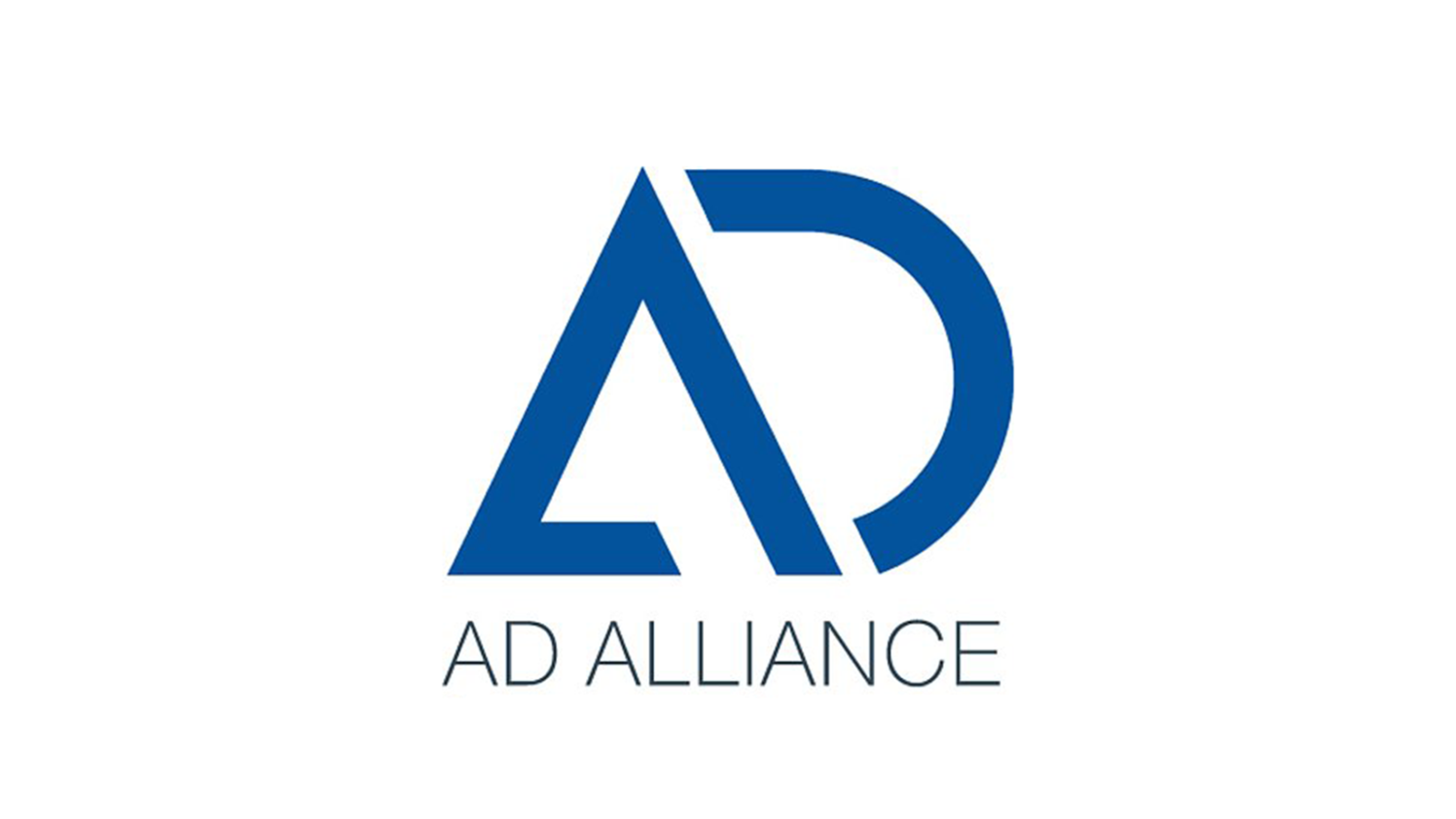
To unlock the full potential of email marketing automation, ecommerce businesses should implement the following essential workflows:
Welcome Series
A welcome series is a crucial automation workflow for engaging new subscribers and introducing them to your brand. By setting up a series of automated emails, you can:
- Welcome New Subscribers: Start with a warm greeting that expresses gratitude for their interest in your brand.
- Share Information: Introduce your products, services, and unique value proposition. This is a chance to convey what makes your brand special.
- Encourage Initial Purchases: Provide incentives such as discounts or exclusive offers to encourage first-time purchases.
A warm welcome series can be a delightful introduction to your brand, showcasing your unique value proposition and enticing new subscribers with personalized product suggestions and exclusive offers, encouraging them to make their first purchase.
Abandoned Cart Recovery
Abandoned cart emails are one of the most powerful tools in an ecommerce marketer’s arsenal. By automating these campaigns, you can reach out to customers who have added items to their cart but failed to complete the purchase. These emails can:
- Remind Customers: Send a friendly reminder of the items they left behind, including images and descriptions to jog their memory.
- Provide Incentives: Offer a discount or free shipping to encourage them to complete their purchase.
- Address Concerns: Include FAQs or links to customer service for any potential questions or concerns they might have.
With the right messaging and timing, abandoned cart automation can effectively recapture lost sales and boost your overall conversion rates.
1. https://redcar.com.vn/archive/1803/
2. https://redcar.com.vn/archive/1804/
3. https://redcar.com.vn/archive/1802/
Post-Purchase Follow-Up
Nurturing your customers doesn’t stop after the initial purchase. Post-purchase automation workflows can help you:
- Express Gratitude: Send a thank-you email to show appreciation for their business.
- Provide Helpful Information: Include usage tips or product care instructions to enhance their experience with the product.
- Encourage Reviews: Ask for feedback and reviews, which can help build social proof for your brand.
- Cross-Sell or Upsell: Recommend complementary products based on their purchase to increase average order value.
By maintaining engagement and providing value to your customers, you can increase their lifetime value and foster long-term loyalty.
Product Recommendations
Automated product recommendations can be a powerful tool for driving additional sales and increasing average order value. By leveraging customer data, such as browsing history and past purchases, you can:
- Suggest Relevant Products: Use algorithms to identify products that customers are likely to be interested in based on their previous interactions.
- Cross-Sell Complementary Items: Recommend products that complement their previous purchases, enhancing the shopping experience.
- Personalize the Experience: Tailor recommendations to each customer’s preferences, making them feel understood and valued.
Effective product recommendation emails can boost engagement, conversion rates, and revenue for your ecommerce business.
Win-Back Campaigns
Even the most loyal customers can become inactive over time. Win-back campaigns are automated workflows designed to re-engage these lapsed customers and bring them back to your store. These campaigns can:
- Identify Inactive Customers: Use customer data to pinpoint those who haven’t made a purchase in a certain timeframe.
- Offer Incentives: Provide discounts or exclusive offers to entice them back to your store.
- Remind Them of Your Brand: Send updates about new products, features, or changes to your services that may interest them.
By proactively reaching out to inactive customers, you can recapture lost revenue and strengthen their connection to your brand.
Choosing the Right Email Marketing Automation Platform
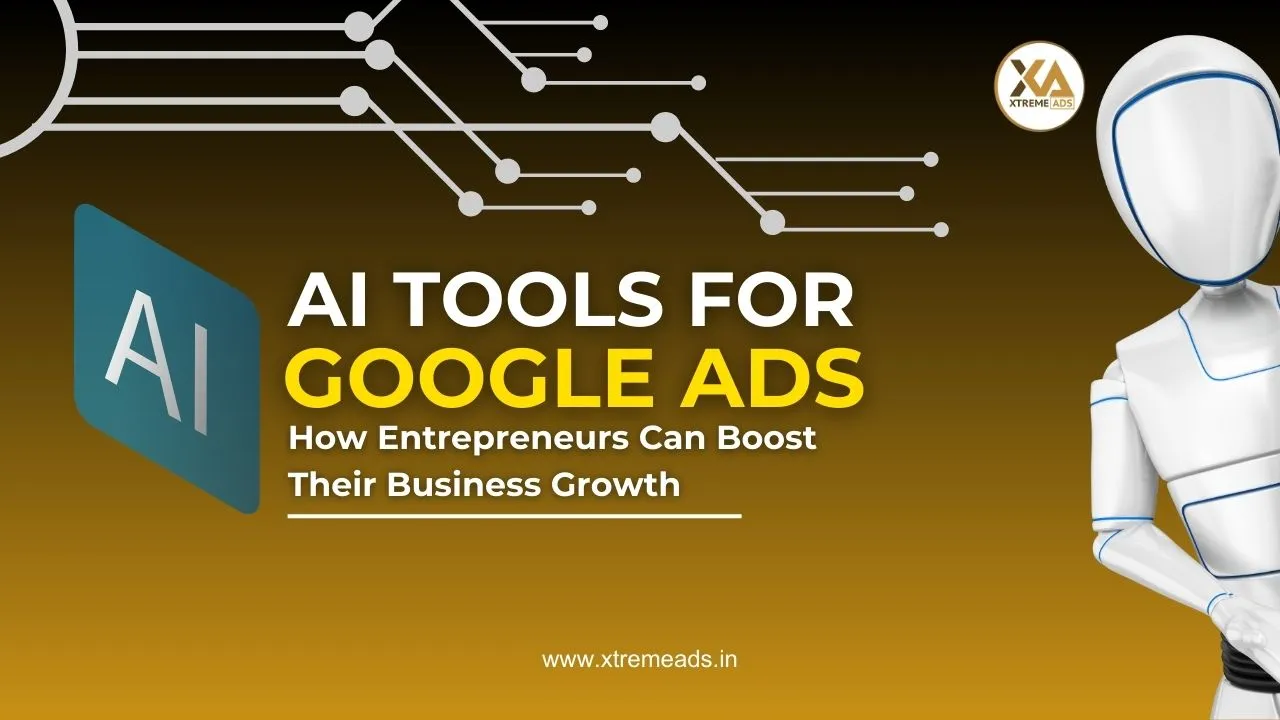
When selecting an email marketing automation platform for your ecommerce business, consider the following factors:
- Features: Look for a platform that offers the specific automation workflows and capabilities you require, such as abandoned cart recovery, post-purchase follow-up, and advanced segmentation.
- Integrations: Ensure the platform seamlessly integrates with your ecommerce platform, CRM, and other marketing tools to create a cohesive customer experience.
- User Experience: The platform should be user-friendly, allowing your team to easily set up and manage automated workflows without extensive technical knowledge.
- Pricing and Support: Compare pricing models, free trial options, and the quality of customer support to find a solution that aligns with your budget and resources.
The rise of user-friendly and affordable email marketing automation platforms has made this technology accessible to even small businesses. Platforms like Mailchimp, Constant Contact, and Sendinblue offer a range of features and functionalities at competitive price points, enabling small businesses to leverage automation without significant investment. These platforms often provide intuitive interfaces and pre-built templates, simplifying the process of setting up and managing automated campaigns. This accessibility empowers small businesses to compete with larger players by delivering personalized and engaging email experiences to their customers.
Best Practices for Successful Email Marketing Automation
To maximize the effectiveness of your email marketing automation campaigns, keep the following best practices in mind:
- Segment Your Email List: Divide your subscribers into targeted segments based on factors like purchase history, browsing behavior, and demographic data to deliver truly personalized content. This increases relevance and engagement.
- Personalize Your Messages: Leverage customer data to personalize the subject lines, content, and offers in your automated emails, making them more relevant and engaging. Personalization can significantly improve open and click-through rates.
- Test and Optimize: Continuously A/B test different elements of your automated campaigns, such as subject lines, CTAs, and email designs, to identify the most effective strategies. Optimization should be an ongoing process to ensure maximum effectiveness.
- Monitor and Analyze: Track key metrics like open rates, click-through rates, conversion rates, and unsubscribe rates to gain insights into your campaign performance. Use this data to refine your strategies and improve future campaigns.
- Maintain Compliance: Ensure your email marketing automation practices comply with regulations such as GDPR and CAN-SPAM. This includes obtaining consent for email communications and providing clear opt-out options.
Frequently Asked Questions

How often should I send automated emails?
The frequency of your automated emails will depend on your audience and the type of campaign. It’s important to avoid overwhelming your subscribers by sending too many emails. As a general rule, aim for a balanced cadence that provides value without becoming intrusive.
Can I use email marketing automation for customer service?
1. https://redcar.com.vn/archive/1803/
2. https://redcar.com.vn/archive/1804/
3. https://redcar.com.vn/archive/1800/
Absolutely! Email automation can be an effective tool for streamlining customer service processes. You can use automated emails to send order confirmations, shipping updates, and even respond to common customer inquiries, providing a consistent and efficient customer experience.
What are some common email marketing automation mistakes to avoid?
Some common mistakes include sending too many emails, using generic content, and failing to segment your list properly. These can lead to subscriber fatigue and decreased engagement.
How can I ensure my emails are mobile-friendly?
With a significant percentage of emails being opened on mobile devices, it’s crucial to design responsive emails that adapt to different screen sizes. Use a single-column layout, larger fonts, and clear call-to-action buttons to enhance mobile usability.
What are some effective subject lines for automated emails?
Compelling subject lines can significantly improve open rates. Examples include: “Don’t Forget Your Items!”, “Your Exclusive Offer Awaits!”, and “Thank You for Your Purchase — Here’s What’s Next!”
How can I measure the success of my email marketing automation campaigns?
Set clear goals for your campaigns and track key metrics such as open rates, click-through rates, conversion rates, and overall revenue generated from your automated emails. This data will help you assess the effectiveness of your strategies.
Conclusion
Email marketing automation is a powerful tool that can help ecommerce businesses streamline their marketing efforts, personalize customer experiences, and drive tangible results. By implementing essential automation workflows, selecting the right platform, and following best practices, you can unlock the full potential of email marketing to boost sales, improve customer retention, and achieve sustainable growth.
Start exploring email marketing automation today and take your ecommerce business to new heights. With the right strategy and execution, you can leverage the power of personalized, timely, and automated emails to connect with your customers and achieve your marketing goals. The future of ecommerce is here, and it’s time to embrace the advantages of automated email marketing for your business.

